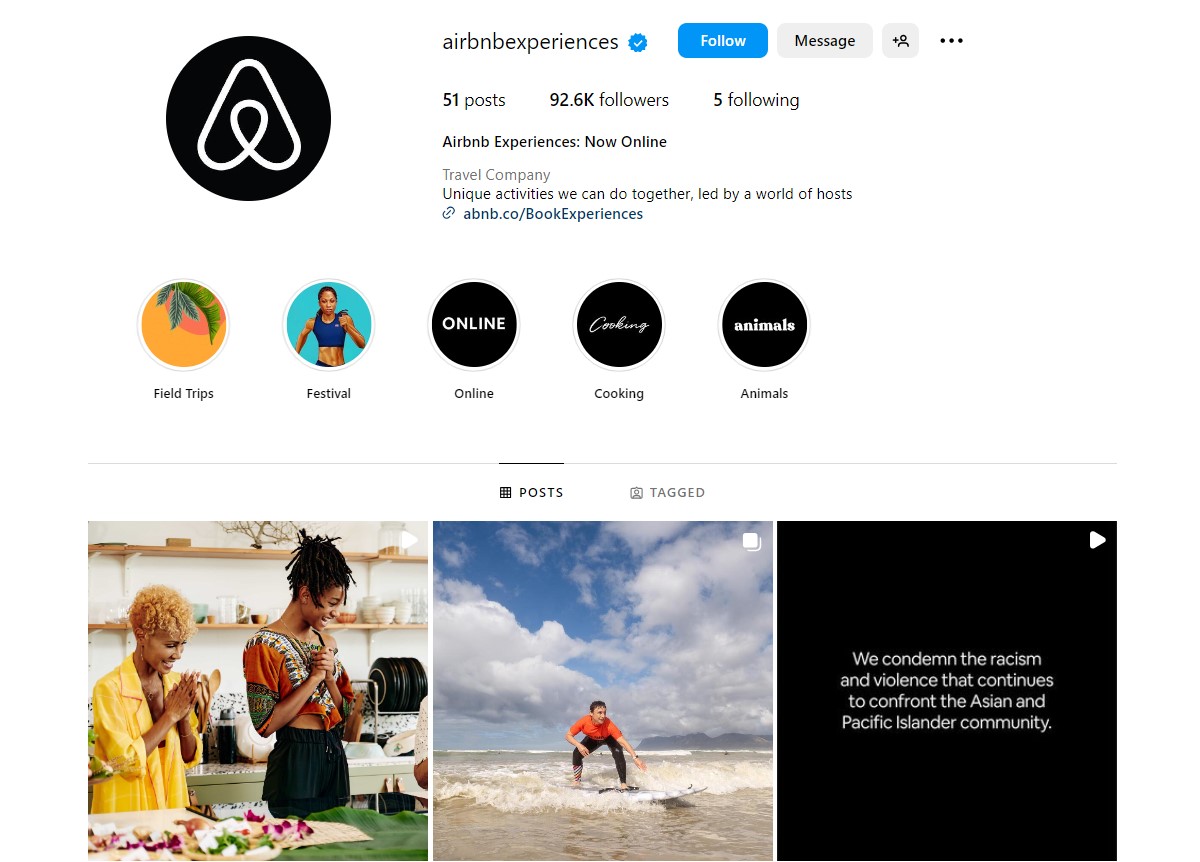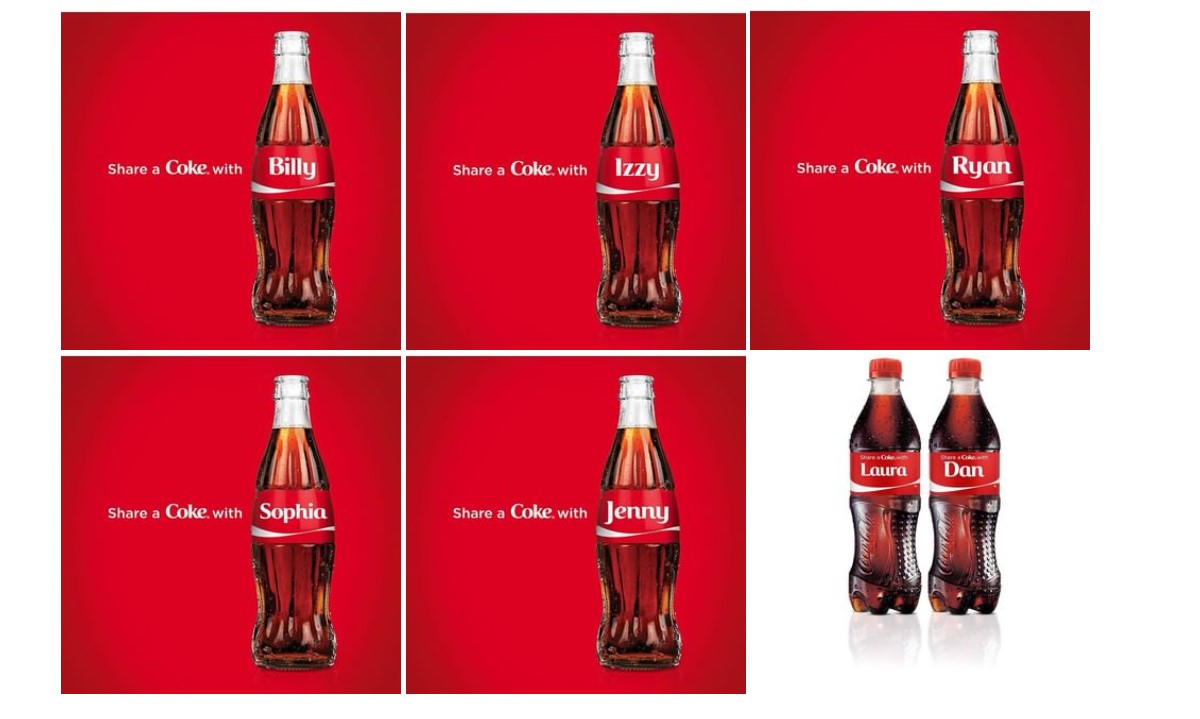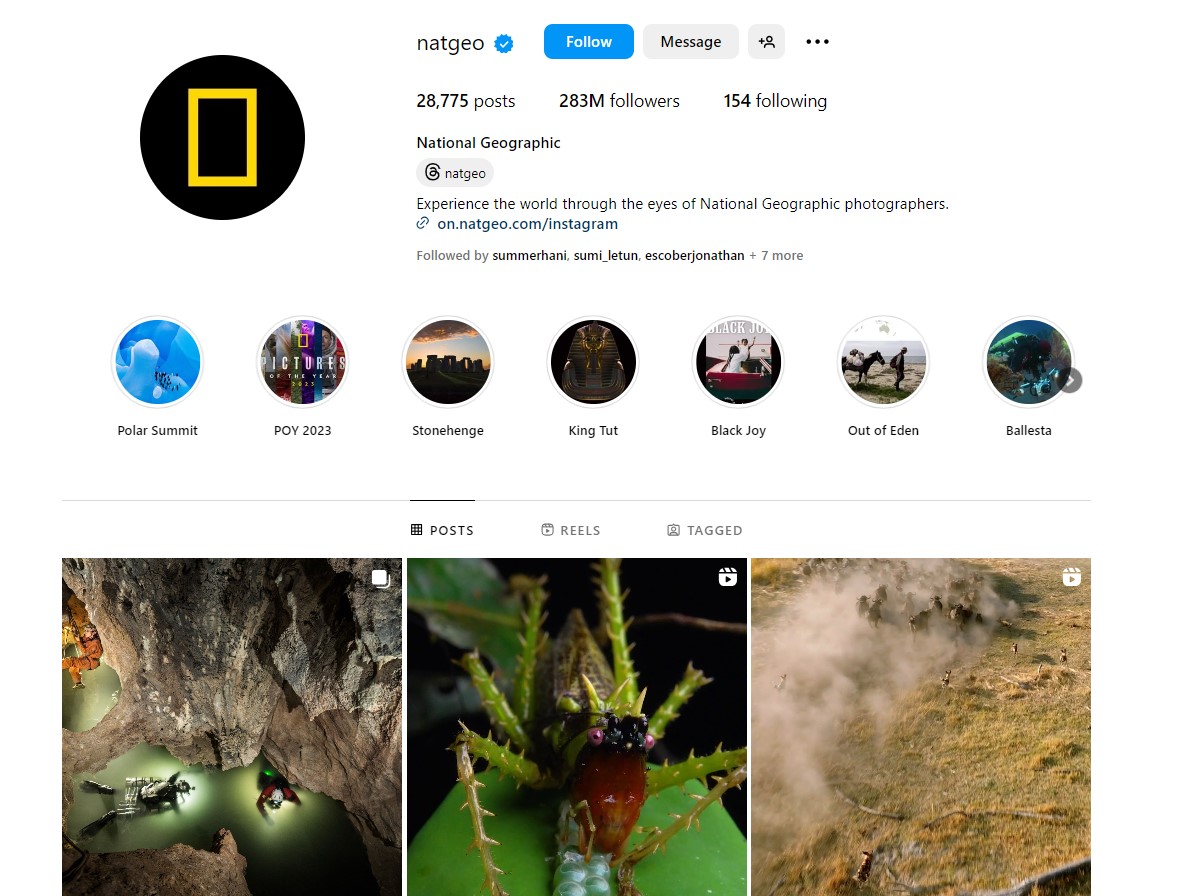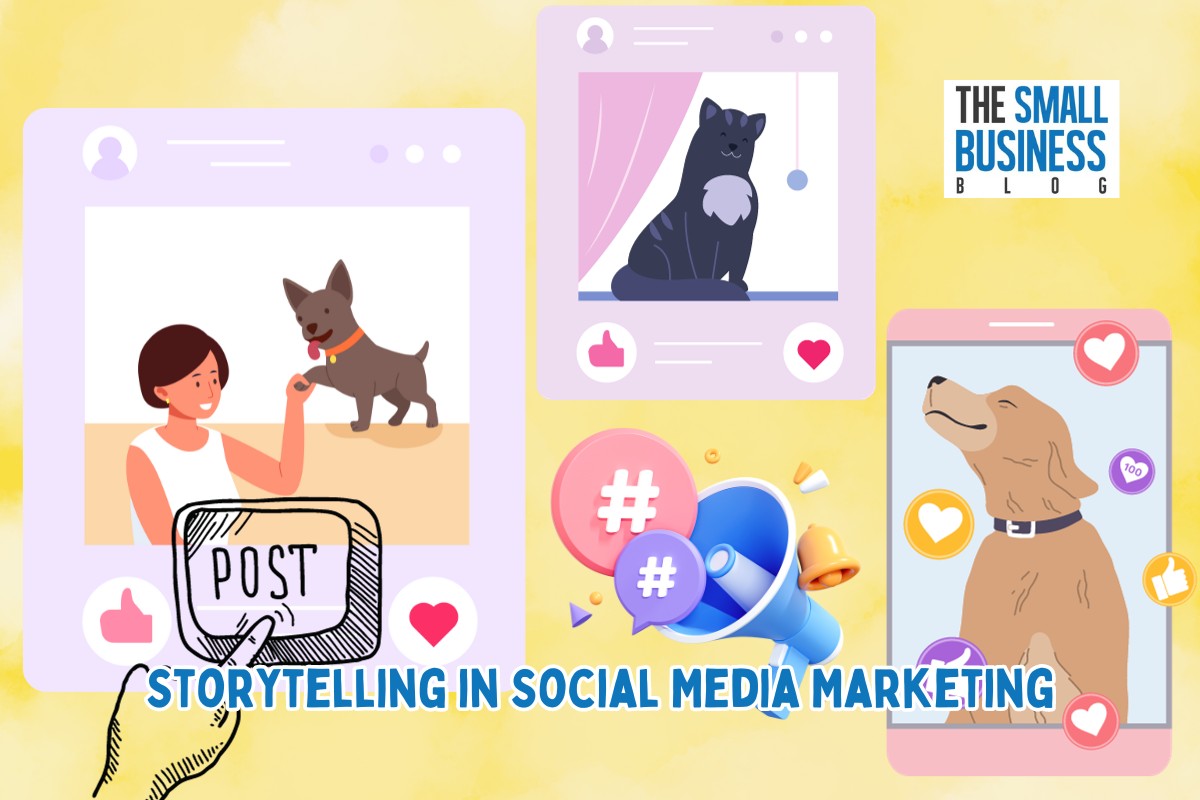Storytelling has become an essential element in social media marketing in today’s fast-paced online environment, when people’s attention spans are decreasing.
As an innovative and exciting medium for brand communication, storytelling goes beyond the static nature of traditional advertising.
In this article, we will explore the importance of storytelling in social media marketing and provide some advice on becoming a master storyteller that can benefit your brand massively.
Post Contents
- 1 Storytelling in Social Media Marketing – Why Is It Important?
- 2 Key Elements of Effective Storytelling
- 3 6 Tips for Crafting Engaging Stories on Social Media
- 4 Examples of Successful Social Media Storytelling
- 5 Frequently Asked Questions
- 5.1 How can I make my social media storytelling more authentic?
- 5.2 Is there a specific length that social media stories should adhere to?
- 5.3 Can storytelling work for all types of businesses?
- 5.4 What role does emotion play in effective storytelling?
- 5.5 How often should I refresh my social media storytelling strategy?
- 6 Conclusion
Storytelling in Social Media Marketing – Why Is It Important?
Consumers crave authenticity because there is a lot of content.
Storytelling allows brands to showcase their values, missions, and the human side behind the logo.
When a brand narrates its journey or shares customer success stories, it creates a narrative beyond mere transactions.
This builds trust, fostering a sense of loyalty among consumers.
Humans are wired to connect through stories.
By infusing emotion into brand narratives, social media becomes a platform for forging more profound connections.
Whether it’s tales of overcoming challenges or heartwarming customer experiences, stories evoke emotions that resonate and linger in the audience’s minds.
In an era where information bombards users from all directions, standing out is a formidable challenge.
Storytelling acts as a beacon, guiding consumers through the clutter.
A well-crafted narrative captures attention, making the brand memorable amid the noise of the digital landscape.
Key Elements of Effective Storytelling
Compelling Narrative

At the heart of every successful story lies a compelling narrative.
Social media posts are not just about products or services; they are about the journey, the challenges, and the triumphs.
Crafting a story that captivates the audience from the beginning to the end is a powerful way to leave a lasting impression.
Authenticity and Transparency
In an age where consumers demand transparency, authenticity is paramount.
Authentic storytelling builds credibility.
Whether sharing behind-the-scenes glimpses or being open about challenges, authenticity resonates with audiences and fosters a genuine connection.
Visual Appeal through Multimedia
Words alone may not be sufficient.
Incorporating multimedia elements such as images, videos, and infographics enhances the storytelling experience.
6 Tips for Crafting Engaging Stories on Social Media
1. Know Your Audience
Understanding your audience goes beyond demographics; it involves delving into their psychographics, behaviors, and preferences.
Conduct thorough research to identify their interests, challenges, and aspirations.
Develop buyer personas to create a nuanced understanding of your target audience.
This in-depth knowledge enables you to tailor your stories in a way that resonates deeply with them, making your content more relatable and compelling.
Craft personalized narratives that speak directly to the experiences and desires of your audience, fostering a sense of exclusivity and connection.
2. Use Storytelling Frameworks

Storytelling frameworks are powerful tools to structure and amplify the impact of your brand narratives.
These frameworks provide a roadmap for crafting compelling stories that resonate with audiences more deeply.
Let’s delve into the intricacies of some prominent storytelling frameworks and explore how they can elevate your brand narrative.
The Hero’s Journey
Popularized by Joseph Campbell, it is a timeless and universal storytelling template.
It follows a hero through distinct stages, including the call to adventure, challenges, trials, and the eventual return with newfound wisdom.
Implementing the Hero’s Journey in your brand narrative allows your audience to identify with the hero – your brand or customer.
Start with the ordinary world (the current state), present a challenge or opportunity (the call to adventure), and guide your audience through a transformative journey that mirrors their experiences, fostering a profound connection.
Problem-Solution Framework
Incorporating the Problem-Solution framework is an effective way to showcase your brand as a problem-solving entity.
Begin by presenting a relatable problem that your audience faces, highlighting the pain points and challenges.
Transition to the solution phase, where your brand emerges as the hero that addresses these issues.
This framework establishes empathy by acknowledging shared struggles and positions your brand as the ultimate solution provider, enhancing its value in the eyes of the audience.
Before-and-After
The Before-and-After framework is a compelling way to illustrate the transformative impact of your product or service.
Start by vividly depicting the ‘before’ scenario, emphasizing the challenges or limitations.
Transition into the ‘after’ phase, showcasing the positive changes, benefits, and improvements.
This framework is particularly effective in visually demonstrating the tangible value your brand brings to your customers’ lives.
It creates a sense of anticipation and aspiration, encouraging your audience to envision their transformative journey with your brand.
3. Consistency is Key
Maintaining a consistent storytelling style across all your social media channels is essential for building a solid brand identity.
Consistency doesn’t just apply to the content of your stories; it also encompasses the tone, visuals, and overall brand personality.
This uniformity helps create a cohesive narrative that audiences can easily recognize and associate with your brand.
Whether using specific colors, a unique writing style, or a recurring theme, staying consistent reinforces your brand identity and aligns your storytelling strategy with your overall marketing goals.
4. Harness User-Generated Content
You must encourage your audience to actively participate by sharing their experiences with your brand.
This not only adds authenticity to your storytelling but also brings diversity to your content.
UGC creates a sense of community around your brand as customers become co-creators of the narrative.
Share and celebrate UGC on your social media platforms, showcasing real stories from real people.
It not only builds trust but also establishes a two-way relationship between your brand and its audience.
5. Embrace Storytelling Across Platforms

Different social media platforms have unique features and user expectations.
Adapt your storytelling approach to suit the nuances of each platform.
What works on Instagram may not be as effective on LinkedIn.
Tailor your narratives to optimize engagement on specific platforms.
For instance, use visually appealing content on Instagram, focus on thought leadership on LinkedIn, and utilize short, snappy stories on Snapchat.
By understanding the strengths of each platform, you can ensure that your stories reach a broader audience and resonate with diverse user behaviors.
6. Measure and Iterate

Use analytics tools to gather engagement, reach, and conversion rate data.
Understand what resonates with your audience and what doesn’t.
Track the performance of individual stories and overall campaigns.
This data-driven approach allows you to iterate your storytelling strategy effectively.
Based on the insights gained, experiment with different formats, tones, and topics.
Continuous improvement is key in the dynamic landscape of social media, ensuring your storytelling remains relevant and impactful over time.
Examples of Successful Social Media Storytelling
Here are some examples of big-name companies.
Airbnb’s “Experiences” Campaign

Airbnb transformed its platform by introducing “Experiences,” a feature allowing hosts to offer travelers unique activities.
This storytelling approach goes beyond showcasing properties; it tells the stories of people and cultures, creating a sense of connection for users.
Coca-Cola’s “Share a Coke” Initiative

Coca-Cola’s “Share a Coke” campaign personalized its products by replacing brand names with popular ones.
This simple yet effective storytelling strategy turned a ubiquitous product into a personalized experience, fostering a sense of connection and inclusivity.
National Geographic’s Captivating Visuals

National Geographic’s social media feeds are a visual storytelling masterpiece.
Through stunning imagery and concise captions, they transport the audience to different corners of the world, effectively conveying the brand’s commitment to exploration and discovery.
Frequently Asked Questions
How can I make my social media storytelling more authentic?
Creating authentic social media storytelling involves embracing transparency in your narrative.
Share genuine stories that resonate with your brand’s values and mission.
Additionally, showcase the human side of your business, letting your audience connect with the people behind the brand.
Authenticity is not just a strategy; it’s a commitment to being honest and relatable.
Is there a specific length that social media stories should adhere to?
While brevity is crucial in the fast-paced world of social media, it’s equally important to focus on conveying a complete and compelling narrative.
Instead of sticking to a strict length, prioritize the depth of your story.
Ensure that your audience feels satisfied with the information and emotions conveyed, even within the constraints of a short-form story.
Can storytelling work for all types of businesses?
Storytelling is a versatile tool that transcends industry boundaries.
It’s not limited to specific sectors; instead, it’s about adapting the narrative to suit the nature and values of your business.
Whether in tech, fashion, or healthcare, storytelling can be a powerful means to engage your audience and build a lasting connection.
What role does emotion play in effective storytelling?
Emotion is the heartbeat of effective storytelling.
It connects with your audience, making your stories more impactful and memorable.
Infusing relatable emotions into your narratives, whether it’s joy, empathy, or inspiration, ensures that your audience hears your story and feels it personally.
How often should I refresh my social media storytelling strategy?
Refresh your social media storytelling strategy regularly to stay relevant and engaging.
Assess the performance of your stories, listen to audience feedback, and stay attuned to industry trends.
Embrace flexibility, adapting your strategy to changes in the social media landscape and the evolving preferences of your audience.
Conclusion
The role of storytelling is undeniable.
In social media, where trends come and go, the consistent thread is the power of a good story.
It’s not just about what you sell; it’s about the story you tell.
Mastering storytelling in social media marketing isn’t just about reaching an audience; it’s about making them a part of your brand’s journey.






























